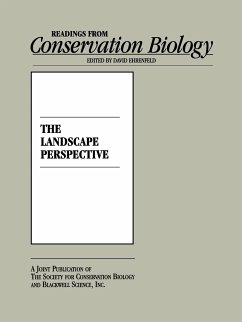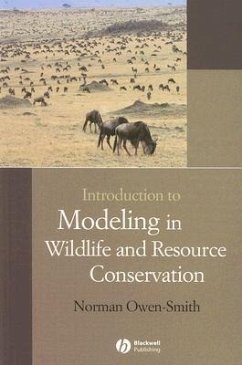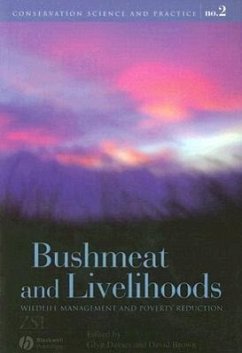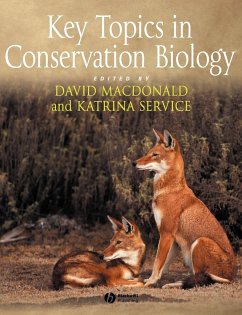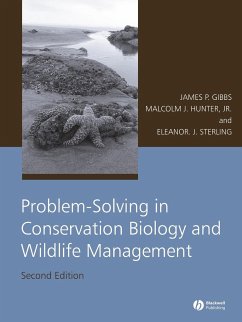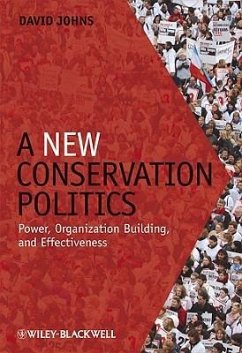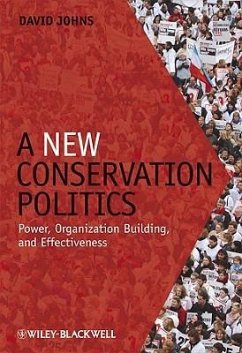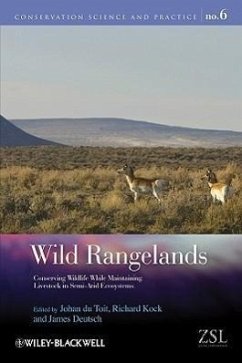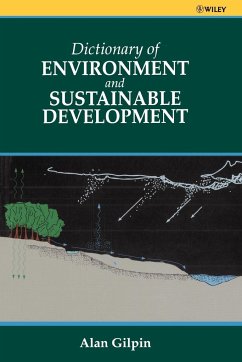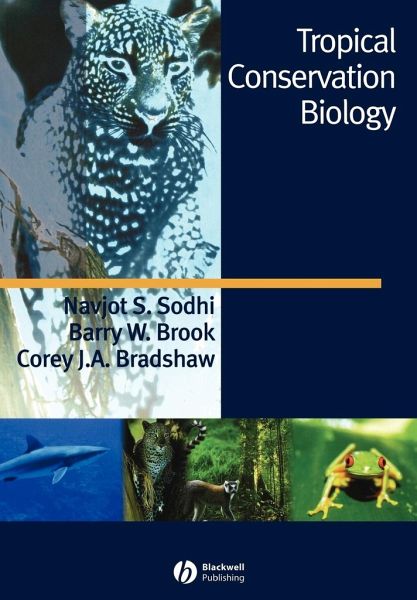
Tropical Conservation Biology
Versandkostenfrei!
Versandfertig in über 4 Wochen
78,99 €
inkl. MwSt.
Weitere Ausgaben:

PAYBACK Punkte
39 °P sammeln!
Nowhere in the world is biodiversity conservation and management more critical than in the highly biodiverse tropical regions. Although the temperate regions of the Earth have suffered severely from human encroachments in the ancient and recent past, the present-day (and future) biodiversity crisis looms largest in the tropics. This is especially important because it is in the tropics that the largest tracts of still-pristine habitat, the greatest species diversity, and the richest centres of endemism are found. The mounting threats to tropical biodiversity require conservation practitioners t...
Nowhere in the world is biodiversity conservation and management more critical than in the highly biodiverse tropical regions. Although the temperate regions of the Earth have suffered severely from human encroachments in the ancient and recent past, the present-day (and future) biodiversity crisis looms largest in the tropics. This is especially important because it is in the tropics that the largest tracts of still-pristine habitat, the greatest species diversity, and the richest centres of endemism are found. The mounting threats to tropical biodiversity require conservation practitioners to make urgent conservation decisions. As such, it is critical to document the current state of tropical biodiversity, determine possible ways to protect it, and synthesize the vast body of scientific research relevant to tropical regions in a concise, yet comprehensive format. Tropical Conservation Biology is the first teaching textbook to examine the broad spectrum of conservation issues as they relate specifically to terrestrial and aquatic habitats of the tropics. The book has been written for senior undergraduate and graduate students, scientists, and managers with an interest in tropical habitat conservation and management. The book also includes short biographies of some of the world's most eminent conservation scientists followed by a brief set of questions and answers that focus on some of the most pertinent and pressing issues in tropical conservation biology today. It is hoped that current students will benefit from the knowledge and be inspired by the passion of these renowned biologists.




